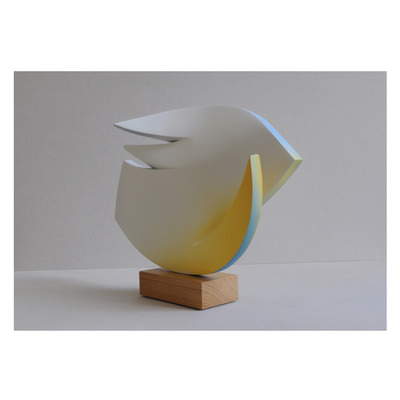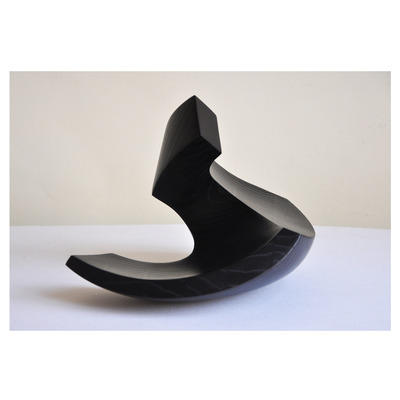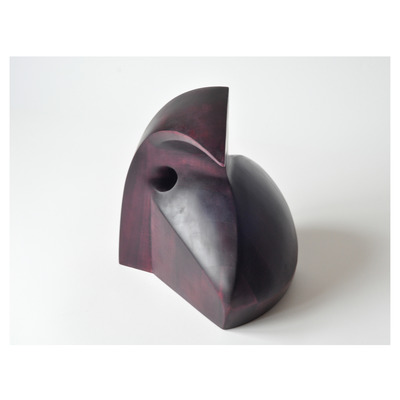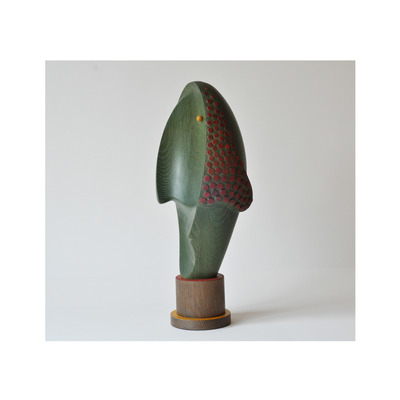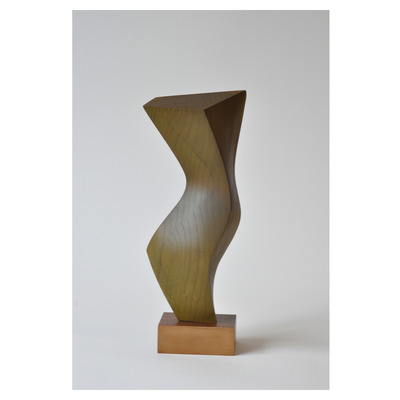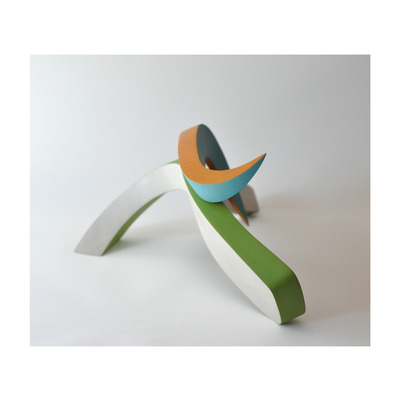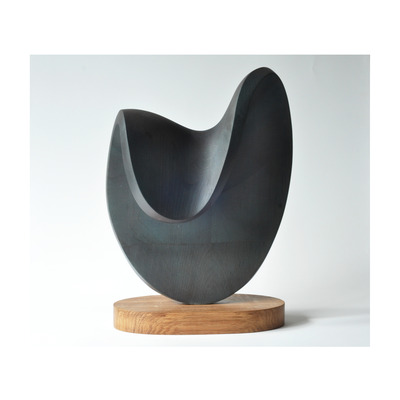Wooden plastics
Nazar Symotiuk's series of three-dimensional plastics conveys the interaction of mass and space in easel sculpture. In response to the creative impulses of O. Archipenko, C. Brancusi and G. Moore, the author reflects his own formative searches and introduces color, emphasizing the natural aesthetic advantages of the material, i.e. wood.
The created sculpture is specific in its material form and at the same time goes beyond the limits of figurative perception, moving into the plane of meaningful content and interconnections.
If someone wants to find the origins of a new form that he creates, simple or complex, he will inevitably face a great complexity of reasons in himself that were in place before the formation of this particular shape. O. Archipenko
The author refers to universal natural forms that appeal to the viewers' subconscious. Naturally, at the intersection of long-standing and new concepts, a work of art emerges that becomes classically relevant, evoking an emotional response of the people of different generations and eras. Works that do not have an organic connection with traditions risk remaining short-lived flashes against the background of the global history of artistic processes. The aesthetically balanced sculptural compositions of the author reflect the synergy of a deep understanding of space, matter, shape and color, which are an integral organic part of the work.
Lyudmyla Smakova
art manager, curator



